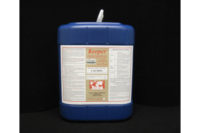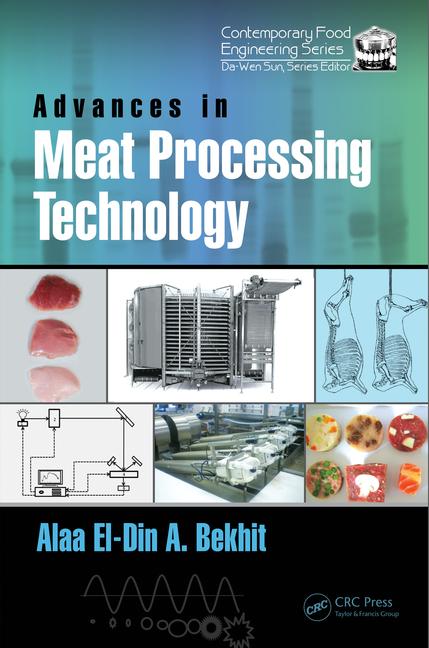Tech | Supplier's Perspective
Electrostatic technology advances as antimicrobial intervention

Several years ago, leaders in the meat-processing industry joined a food safety consortium exploring the possibilities of electrostatics as applied in antimicrobial intervention. AB Foods, American Foods Group, Central Valley Meats and JBS supported food safety experts and engineers, as well as researchers from Colorado State University, joined in a quest to find out whether electrostatic technology could revolutionize a necessary but wasteful process.
The problem the consortium wanted to solve involved the inefficiency of common antimicrobial intervention methods. Transfer efficiency of solution to product is frustratingly low.
Dip tanks, used most often in poultry processing, may provide adequate coverage, but they waste large amounts of water and chemicals in the process. The inaccuracy of sprayers in beef processing also causes waste, and it’s a challenge to get consistent coverage. Log reductions for both methods are less than ideal but have become the norm.
On the surface, the science behind electrostatic technology is simple. Opposites attract, so negatively charged particles in an antimicrobial solution should adhere to positively charged food products. Of course, there’s no guarantee that what works in theory will provide the same real-world results. It would take years to test and perfect this new method while designing an effective piece of equipment.
Beef processors in the consortium supported the research and development of electrostatic intervention technology both financially and by providing their facilities as testing grounds. As it turns out, it was a worthy investment in the future of food safety. The results speak for themselves.
Rigorous testing shows that precision application with electrostatic antimicrobial intervention technology provides a 10x improvement on typical methods. Using approved levels of peracetic acid (PAA), in-plant pathogen log reductions are in the range of 2.0 to 2.6 or better, which easily meets or exceeds U.S. Department of Agriculture (USDA) requirements. That’s compared to typical log reduction of 1.0 to 1.75.
One large U.S. poultry-processing facility conducted a five-day test to electrostatically apply PAA to poultry parts. During each treatment, approximately 300 pounds of poultry parts were treated. The results were very positive (see chart). The microbial load was reduced by up to 1.2 log post-treatment, chemical consumption was 70 to 80 percent less than conventional methods, and there was a reduced airborne PAA level compared with conventional methods.
Precision application with electrostatics also provides impressive savings. Processors will get better coverage using less solution. The technology can reduce the amount of water and chemistry required by as much as 95 percent, which also equates to diminished wastewater treatment costs.
Water savings help organizations achieve sustainability goals, and electrostatic antimicrobial intervention can even reduce a facility’s repair and maintenance needs while improving workplace safety. That’s because the overspray of acidic chemical solutions can cause corrosion and negatively impact indoor air quality. There is no overspray with precision application technology.
The meat processing companies and all parties involved with developing this innovation had a noble goal in mind. They saw an opportunity to better protect the food supply chain and the planet. The bonus for all adopters of this technology is that they’ll also experience benefits to their bottom line. NP
Looking for a reprint of this article?
From high-res PDFs to custom plaques, order your copy today!








